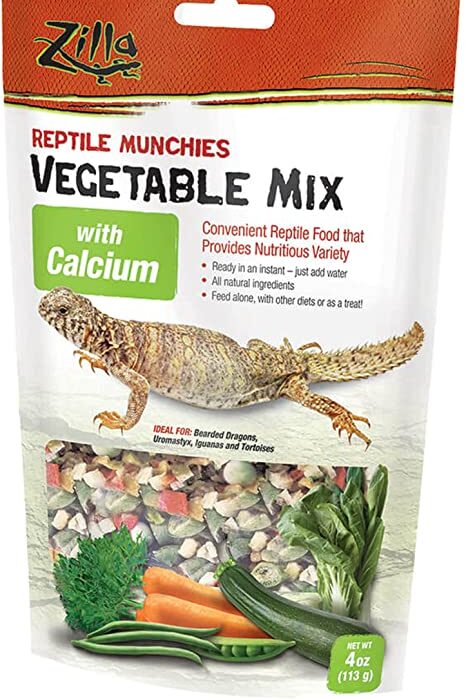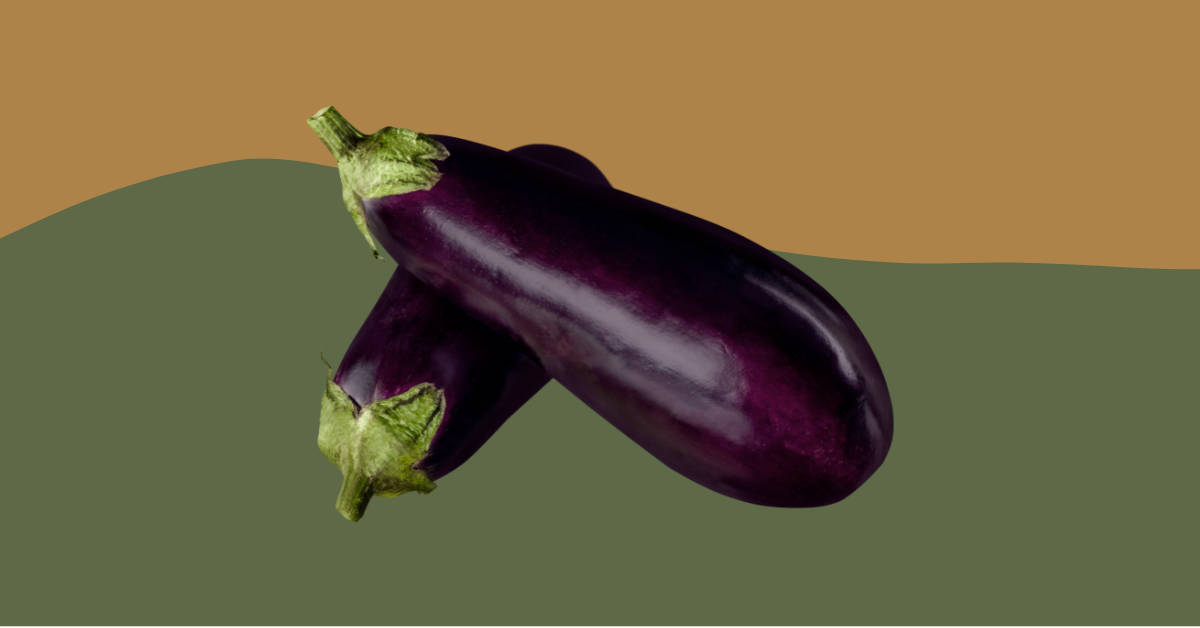Yes, bearded dragons can eat mangos. However, they should only be fed as an occasional treat due to their high sugar content.
Table of contents
As omnivores, they require a balanced diet that includes both animal protein and plant matter. While mangos can be a delicious treat for bearded dragons, it’s essential to understand the dos and don’ts of feeding them this fruit. In this article, we will provide the do’s and don’ts, learn about bearded dragon care, a step-by-step preparation guide, and find answers to frequently asked questions.
Related Article: Bearded Dragon Care: Expert Tips and Insights
Do’s
- Feed mangos in moderation: Due to their high sugar content, mangos should only be fed to bearded dragons occasionally. Overfeeding sugary fruits can lead to obesity and other health issues.
- Wash the mango thoroughly: Make sure to wash the mango before feeding it to your bearded dragon to remove any pesticides or chemicals.
- Peel and cut the mango into small pieces: Remove the skin and cut the mango into bite-sized pieces to prevent choking hazards and make it easier for your bearded dragon to eat.
Don’ts
- Don’t feed unripe mangos: Unripe mangos can be difficult for bearded dragons to digest and may cause stomach discomfort.
- Don’t replace staple foods with mangos: Mangos should not replace the staple foods in your bearded dragon’s diet, such as insects, greens, and vegetables.
Best Practices for Feeding Mangos to Bearded Dragons
To ensure the health and well-being of your bearded dragon when feeding them mangos, follow these comprehensive best practices:
- Monitor your bearded dragon’s reaction: After feeding your bearded dragon mango for the first time, observe their behavior and digestion for any signs of discomfort, changes in appetite, or digestive issues. If they exhibit any negative reactions, discontinue feeding them mangos and consult a veterinarian.
- Combine mangos with other nutritious fruits and vegetables: When feeding your bearded dragon mangos, consider offering a variety of fruits and vegetables to provide a balanced diet. Combine mangos with low-sugar, nutrient-dense options such as collard greens, dandelion greens, squash, and bell peppers.
- Maintain a proper feeding schedule: Establish a regular feeding schedule for your bearded dragon to promote a healthy metabolism and prevent overfeeding. Offer insects and greens daily, while keeping mangos and other fruits as occasional treats.
- Provide adequate hydration: Bearded dragons need access to fresh, clean water at all times. Ensure that their water dish is replenished daily and kept clean. Hydration is especially important when offering fruits, as high sugar content can increase their water requirements.
- Adjust portions based on your bearded dragon’s age and size: Younger bearded dragons have different dietary needs compared to adults. Monitor your bearded dragon’s growth and adjust portions accordingly. Juvenile bearded dragons need more protein, while adult bearded dragons require a higher percentage of vegetables and fruits in their diet.
- Consult with a veterinarian: It’s crucial to consult with a reptile veterinarian if you have any concerns about feeding mangos to your bearded dragon or their overall diet. A veterinarian can provide personalized recommendations based on your bearded dragon’s age, size, and health.
- Keep a food diary: Document your bearded dragon’s meals, including the types of food, quantities, and any reactions they may have. A food diary can help you identify patterns, potential allergies or sensitivities, and ensure you maintain a balanced diet for your pet.
- Stay informed about bearded dragon nutrition: Regularly educate yourself about bearded dragon dietary needs, new research, and best practices to provide the best care for your pet. Reptile care forums, articles, and professional publications can be excellent sources of information.
Related Article: Bearded Dragon Feeding Guide: Nutrition Tips
Step-by-Step Guide to Preparing Mangos for Your Bearded Dragon
Step 1
Select a ripe mango that is firm yet slightly soft to the touch.
Step 2
Wash the mango under running water to remove any dirt, pesticides, or chemicals.
Step 3
Peel the mango using a sharp knife, removing all of the skin.
Step 4
Cut the mango into small, bite-sized pieces suitable for your bearded dragon’s size.
Step 5
Serve the mango pieces to your bearded dragon either by hand or by placing them in their food dish.
Need Recommendations?
Here’s Our Top Amazon Picks
You may also like 📖
Frequently Asked Questions
How often can I feed my bearded dragon mangos, and what is the recommended portion size?
Feed mangos to your bearded dragon only as an occasional treat, around once or twice a month. The portion size should be small, making up around 10-15% of their overall fruit and vegetable intake for that feeding.
Are there any potential health risks associated with feeding my bearded dragon mangos?
Overfeeding sugary fruits like mangos can lead to obesity, metabolic bone disease, and tooth decay in bearded dragons. If you notice signs of discomfort, digestive issues, or weight gain after feeding mangos, consult a veterinarian for guidance.
Can I feed my bearded dragon dried or frozen mangos? Is there a significant difference in nutritional value between fresh, dried, and frozen mangos?
It’s best to feed your bearded dragon fresh mangos, as dried and frozen fruits may have added sugars or lose some nutritional value during processing. Dried fruits tend to have higher sugar concentrations, while frozen fruits may lose some vitamins and minerals during freezing and thawing. If using frozen mango, make sure to thaw it completely before feeding it to your pet.
What other fruits can I feed my bearded dragon, and how do they compare to mangos in terms of nutritional value?
Bearded dragons can also enjoy blueberries, raspberries, strawberries, papaya, and kiwi. Each fruit varies in nutritional value, with some being higher in vitamins, minerals, or fiber. It’s essential to provide a variety of fruits in moderation to ensure a balanced diet. Always prioritize vegetables and insects as the main components of their diet.
Can I mix mangos with other fruits and vegetables in a salad for my bearded dragon? What combinations are most beneficial for their health?
Yes, you can create a salad for your bearded dragon by combining mangos with other nutritious fruits and vegetables. Some beneficial combinations include mango with collard greens, dandelion greens, and bell peppers. You can also mix mangos with other fruits such as blueberries, raspberries, or strawberries. Remember to cut all ingredients into small, bite-sized pieces and avoid using fruits with high sugar content too frequently.
How can I tell if a mango is safe for my bearded dragon to eat? What should I look for when selecting a mango?
Choose a ripe mango that is firm yet slightly soft to the touch, with no signs of mold, bruising, or insect damage. Unripe or overripe mangos can be difficult for bearded dragons to digest and may cause stomach discomfort.
Is it safe to feed my bearded dragon the mango skin or seed?
Do not feed your bearded dragon the mango skin or seed, as they can pose a choking hazard and may be difficult to digest. Always peel the mango and remove the seed before cutting it into small, bite-sized pieces for your bearded dragon.
Conclusion and final thoughts 💭
Feeding mangos to your bearded dragon can be a tasty treat that provides some health benefits. However, due to their high sugar content, it is essential to feed them in moderation and not replace staple foods in their diet.
By following the dos and don’ts, best practices, and preparation guide outlined in this article, you can ensure that your bearded dragon enjoys a healthy and well-balanced diet. Remember to always consult with a reptile veterinarian if you have concerns about your bearded dragon’s diet or health.
Looking for more? Here’s our roadmap:
General Bearded Dragon Pet Owners Guide
Bearded dragons are native to the arid regions of Australia and are known for their unique beard-like appearance. As pets, they have become increasingly popular due to their friendly and inquisitive nature, making them an ideal choice for reptile enthusiasts. Bearded dragons are diurnal, meaning they are active during the day, and their average lifespan ranges from 8 to 12 years, with proper care. When considering adopting a bearded dragon, it’s essential to be prepared for a long-term commitment and be well-informed about their care requirements.
One of the most crucial aspects of bearded dragon care is providing an appropriate enclosure. Adult bearded dragons thrive best in a 20 to 50-gallon tank, but a larger enclosure is always better. It’s important to always keep the tank clean. The tank should have a basking area with a temperature range of 95-110 degrees Fahrenheit, as well as a cooler area with a temperature between 75-85 degrees Fahrenheit. In addition, bearded dragons need access to UVB lighting to help them synthesize vitamin D3 and properly metabolize calcium, which is vital for their bone health.
A balanced diet is essential for a healthy bearded dragon. Their dietary requirements change throughout their life stages; juvenile bearded dragons need a higher protein intake, with insects making up around 80% of their diet and the remaining 20% consisting of vegetables and fruits. As they grow into adults, their diet should consist of approximately 20% insects and 80% vegetables and fruits. It’s important to offer a variety of food items to ensure they receive all the necessary nutrients, and to dust their food with calcium and multivitamin supplements as recommended by a reptile specialist or veterinarian.
Regular interaction and observation of your bearded dragon are vital for maintaining their well-being. Handling your pet gently and frequently can help build trust and strengthen your bond. Monitor your bearded dragon’s behavior, appetite, and overall health to detect any potential issues early on. If you notice any signs of illness, such as lethargy, loss of appetite, or irregular bowel movements, consult a reptile specialist or veterinarian for guidance. Proper care, feeding, and attention will ensure your bearded dragon remains a happy and healthy companion for years to come.







Leave a Reply